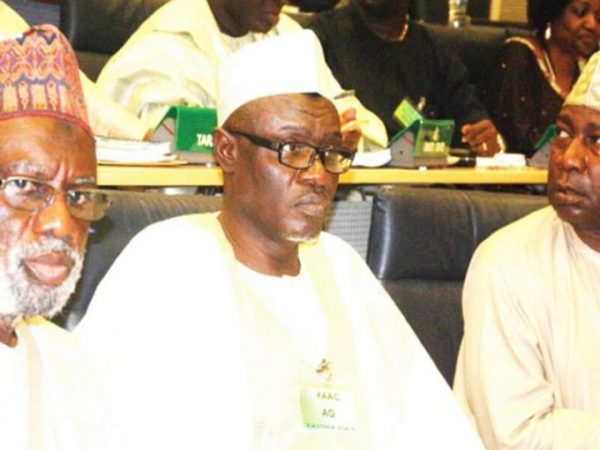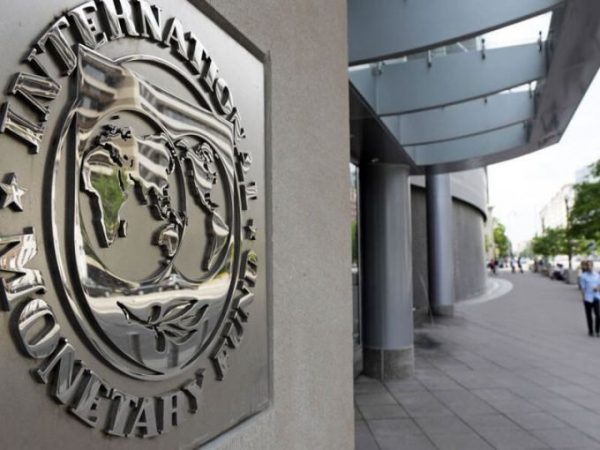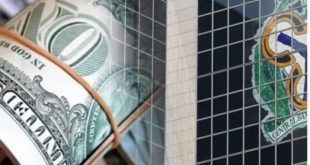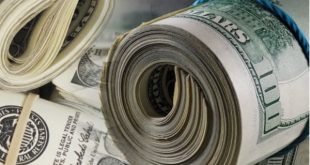 The Federal Ministry of Finance, through its Federal Account Allocation Committee (FAAC), distributed about N5.64trillion revenue generated in 2017 to the three tiers of government, namely federal, state and local governments
The Federal Ministry of Finance, through its Federal Account Allocation Committee (FAAC), distributed about N5.64trillion revenue generated in 2017 to the three tiers of government, namely federal, state and local governments
Major sources from which the finance ministry generated distributable revenue are oil and tax.
The federal government as usual took the bulk of the revenue in 2017, accounting for 40.78 per cent or about N2.3trillion of the distributable revenue generated in 2017. The state governments, which exclude Federal Capital Territory (FCT) Abuja got about N1.52trillion between January and November of 2017, according to data sourced from the website of the Nigerian Bureau of Statistics (NBS).
States, which include Bayelsa, Delta, Edo, Imo, Ondo, Rivers, Akwa-Ibom and Lagos, classified as oil producing states shared an additional N341.91billion in a space of 11 months ending November, 2017 as derivation revenue. The figure represents 6.06 per cent of the total revenue distributed by the FAAC in the review period.

The local governments, being the third-tier of government, expected to cater for people at the grassroot level received N1.14trillion, representing 20.21 per cent of the total largesse in 2017.
The statutory account, value added tax (VAT), forex equalisation account, excess petroleum product tax (PPT) and refund from the Nigerian National Petroleum Corporation (NNPC) are major sources from which revenue was garnered in the review period.
Breakdown of income in the period showed that the statutory account contributed 73 per cent to the revenue pool, which stood at about N4.12trillion while VAT, being the second largest contributor to the pool of the distributable fund accounted for 15.73 per cent or about N887.22billion. The foreign exchange equalisation account in 11 months generated a sum of N362.66billion.
The gains were recorded in the first and second quarters of the year while no gains were recorded in the third quarter (July-September). A sum of N50.81billion was however captured as forex gain in October, 2017. PPT account generated about N207.74billion, which was shared by the three tiers of government between January and November, 2017. PPT was the fourth major contributor to the total revenue shared in the review period while total refunds from the Nigerian National Petroleum Corporation (NNPC) stood at N55.32billion, representing 0.98 per cent of total revenue distributed in the period.
Quarterly analysis of revenue showed that a boom was experienced between July and September or third quarter. It was the period after which Nigeria exited its worst recession in two decades. It would be recalled that Nigeria, the most populous country in Africa, slipped into recession in second quarter of 2016 due largely to drop in oil production, declining oil price in the international market among other factors.
Revenue generated and shared in third quarter of 2017 stood at about N1.76trillion representing an increase of 27.5 per cent compared to about N1.38trillion recorded in second quarter of 2017. Revenue surge in the period ended September 2017 boosted income shared to all tiers of government in the period. Revenue slipped in second quarter by 2.13 per cent compared to N1.41trillion generated in first quarter. Month-on-month, revenue distribution was at its peak for Nigeria in July as cash inflow increased from N462.36billion in June by 41 per cent to N652.23billion in July. While the revenue shared by FAAC dropped by 28.3 per cent from a peak of N652.23billion in July to N467.85billion in August, a rebound was recorded in September with the FAAC sharing N637.70billion in the month, though that was N14.53billion lower than the amount shared among the FG, States and LGs in the month of July, 2017. Meanwhile revenue shared by the FAAC has recorded a consistent drop from the end of third quarter till date.
In October, N558.08 billion was shared among all the tiers of government, which represented a 12.5 per cent shortfall compared to N637.70billion distributed by FAAC in September. The figure further dropped to N532.76billion in November, representing a decrease of N25.32billion or 4.54 per cent.
Meanwhile, the Nigeria Customs Service (NCS), Federal Inland Revenue Service (FIRS) and the Department of Petroleum Resources (DPR), which are the key revenue generating agencies of government shared about N338.4billion as cost of revenue generation in the review period.
On the flip-side however, revenue generated by states internally as at September 2017 stood at N473.08billion. According to the NBS, a total of N149.45billion was generated by states in Q3 2017. This excludes Rivers, Sokoto, Nasarawa, Niger, Kwara, Kano, Katsina, Kebbi, Kogi, Gombe, Edo, Borno, Bauchi, Adamawa, Abia Ebonyi and Anambra states that have not yet reported their IGR figures for Q3 2017.
A shortfall of N334.84billion was recorded as at Q3 2017 when the full year 2016 and Q3 2017 YTD IGR figures of all states are compared. States like Bayelsa, Benue, Ekiti, Enugu and Jigawa have already surpassed their total 2016 IGR figures as of Q3 2017. “Note that Rivers, Sokoto, Nasarawa, Niger, Kwara, Kano, Katsina, Kebbi, Kogi, Gombe, Edo, Borno, Bauchi, Adamawa, Abia Ebonyi and Anambra have not yet reported for Q3 2017 so have no analysis here”, NBS disclosed.
 MMS PLUS NG – Maritime, Aviation, Business, Oil and Gas News Online Newspaper with coverage in Maritime, Oil and Gas, Aviation, Power and Energy as well as Financial News
MMS PLUS NG – Maritime, Aviation, Business, Oil and Gas News Online Newspaper with coverage in Maritime, Oil and Gas, Aviation, Power and Energy as well as Financial News









